One Plus Partnership’s latest cinema project goes back to the roots of filmmaking.
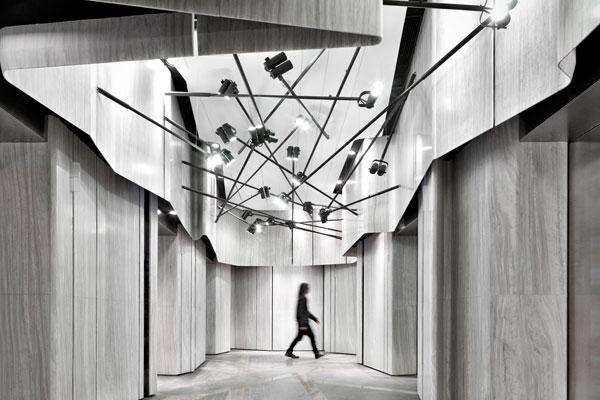
March 12th, 2014
One Plus has completed many cinema projects to date, such as Tianjin Insun Lotte Cinema, Nanchang Insun International Cinema, and Wuhan Pixel Box Cinema, to name a few. Each one is backed by a specific theme.
With the UA Cine Times at Times Square, the designers have referred back to the roots of filmmaking.
Back in the 19th century, cinematographers captured continuous images and stored them on a single compact reel of film. This object – the roll film – now forms a key design element in the cinema.
White walls that reflect the shape and nature of roll films engulf the entire space. At the same time, thin black stripes intercut the white surface to form rectangles of different sizes.
This concept of the roll film is repeated in the design of the ticketing booth.
Positioned above head are specially designed LED spotlights of eight different lengths, all aimed in a different direction; light and shadow fill every corner.
Down on the ground, grey diagonal strips create seemingly random shapes on the floor that stand in contrast to the rectangular patterns on the wall.
The play of light continues inside the auditorium, where spotlights of different lengths line the perimeter.
One Plus Partnership
onepluspartnership.com
INDESIGN is on instagram
Follow @indesignlive
A searchable and comprehensive guide for specifying leading products and their suppliers
Keep up to date with the latest and greatest from our industry BFF's!

Now cooking and entertaining from his minimalist home kitchen designed around Gaggenau’s refined performance, Chef Wu brings professional craft into a calm and well-composed setting.
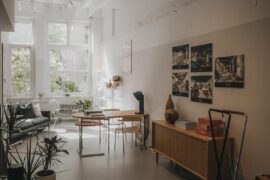
Sydney’s newest design concept store, HOW WE LIVE, explores the overlap between home and workplace – with a Surry Hills pop-up from Friday 28th November.
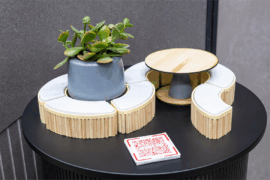
From the spark of an idea on the page to the launch of new pieces in a showroom is a journey every aspiring industrial and furnishing designer imagines making.
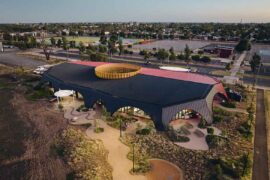
At the Munarra Centre for Regional Excellence on Yorta Yorta Country in Victoria, ARM Architecture and Milliken use PrintWorks™ technology to translate First Nations narratives into a layered, community-led floorscape.
The internet never sleeps! Here's the stuff you might have missed
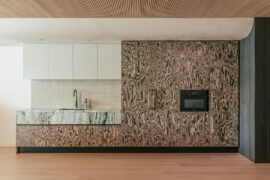
Trust sits at the core of Everton Buildings’ new office, where Ambit Curator was given licence to move beyond convention and deliver a workplace defined by vision, materiality and assured detail.
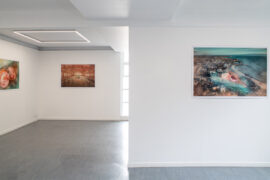
A research exhibition reimagines St Kilda’s civic spaces through soft infrastructures that enhance wellbeing and urban experience.